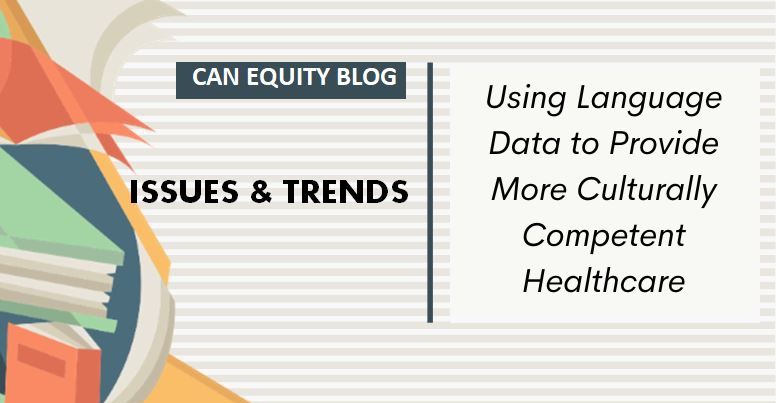
The changing language landscape and its impact for health care provision & access
Data from the U.S. Census Bureau show that a “language other than English” is primarily spoken at home for 22% of the U.S. population. These statistics emphasize the nation’s increasing diversity and underscore the urgency of making language access an integral part of healthcare and other public service areas. In the healthcare field, it is essential that all patients, whatever their primary language may be, receive an equal level of care.
Over the past few years, the United States population has become even more diverse. Changing trends in refugee populations have resulted in a greater variety of languages, ethnicities, and cultural practices & beliefs. According to a report from the Center for Immigration Studies language diversity has increased to such a degree in the U.S. that, , in the largest cities in the country, people who speak languages other than English are almost as numerous as English speakers.
While linguistic diversity enriches the cultural fabric of the local community, it also brings a particular set of challenges. A report by GLOBO, a tech-based provider of language solutions, entitled Language Access Field Notes – An in-depth look at limited-English speaking populations in the United States, takes a closer look at the top 15 languages in the US and the unique health disparities and barriers to care each group faces. It mentions that:
- the increase of Spanish-speaking populations continues in all 50 states;
- that Arabic is the fastest-growing language population in the U.S.;
- and that Chinese languages are now at the top of the list of languages most commonly spoken in the US other than English.
In many cases, a lack of language support during medical visits may contribute to the number of disparities faced by populations with limited English proficiency (LEP).
Staying up to date on the U.S.’s continuously changing language demographics is essential for healthcare providers and organizations. The CAN Community Dashboard’s Demographics section features local data on the languages with the highest numbers of LEP individuals in Travis County and the Austin MSA. In 2022, Spanish was the language in Travis County with the greatest number of speakers who speak English less than “very well” (99,797). These limited English proficiency (LEP) individuals made up an estimated 39% of the Spanish-speaking population. Similarly, in 2022 Chinese (including Mandarin, Cantonese, and other dialects) was the language in Travis County with the third greatest number of LEP individuals (4,071), which made up an estimated 26% of the Chinese-speaking population. At the same time, Travis County had 5,205 Vietnamese speakers who spoke English less than “very well”, which made up 49% of Vietnamese speakers.
According to GLOBO, examples of ways that local providers can better support recent immigrants or refugees include using translation services, making sure there is adequate access to interpreting services, ensuring staff members undergo cultural competence training to familiarize themselves with the culture and beliefs of the communities they serve, and ensuring messaging in text and print media is translated to better reach refugee and recent immigrant populations.
Carlos A Soto, CAN Research Analyst
